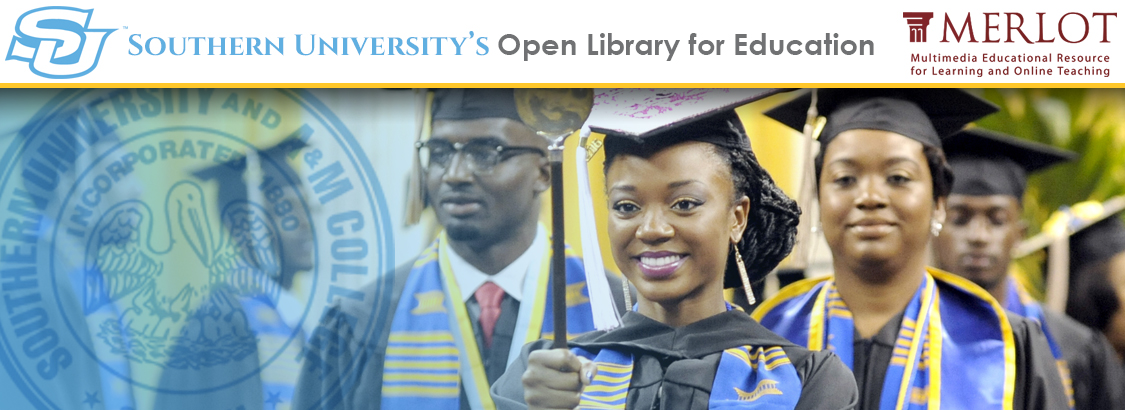What are OERs?
Open Educational Resources are educational materials and resources that are publicly accessible meaning that they are openly available for anyone to use and under some licenses to re-mix, improve and redistribute.
You may already be familiar with open access journals and books. These materials are not "free". As someone had to create them and cost were occurred. The author or publisher licensed the content so that the public may access it and possibly re-use or reformat it.
OER is similar in that the individuals who create these resources are licensing the content so that it is publicly accessible and may be re-purposed by others for educational use.
OER include:
- Learning content: full courses, course material, content modules, learning objects, collections, and journals.
- Tools:software to support the creation, delivery, use and improvement of open learning content including searching and organization of content, content and learning management systems, content development tools, and online learning communities.
- Implementation resources: intellectual property licenses to promote open publishing of materials, design-principles, and localization of content.
Why use OERs?
OER is a movement in education that seeks to counter costly, commercially produced learning content, typically textbooks, with publicly accessible content that is licensed so that it can be freely distributed and shared. Here is the official definition from the Organization for Economic Co-operation and Development:
Digital materials offered freely and openly for educators, students, and self-learners to use and reuse for teaching, learning, and research. OER includes learning content, software tools to develop, use, and distribute content, and implementation resources such as open licenses.
Educators and learners, as well as learning institutions, are driving this development. OER provides an alternative to the rising costs of education. It alleviates the burden of student debt while providing opportunities to students who might not otherwise be able to afford or access materials. Many educators and learners are tapping into OER as the only source for textbooks.
Who uses OERs?
Educators across the K-16 spectrum are taking advantage of OER to:
- Move away from traditional textbooks
- Improve learning by introducing students to more varied and current learning content.
In higher education, the faculty is adopting OER as a way to save their students money and to also increase the likelihood that students will acquire and read learning content.
Open Educational Resources (OERs)
Featured resources:
Introduction to OER - A tutorial
Follow this self-paced introduction to open educational resources.
A monthly tip sheet for keeping up with news and programs related to OERs.
-
What are Open Textbooks?Information about open textbooks prepared for the California State University system.
-
BC Open Textbook ToolkitThe Accessibility Toolkit is a collaboration between BCcampus and CAPER-BC. The goal of the Accessibility Toolkit is to provide the resources needed so that each content creator, instructional designer, educational technologist, librarian, administrator, teaching assistant, etc. has the opportunity to create a truly open and accessible textbook.
